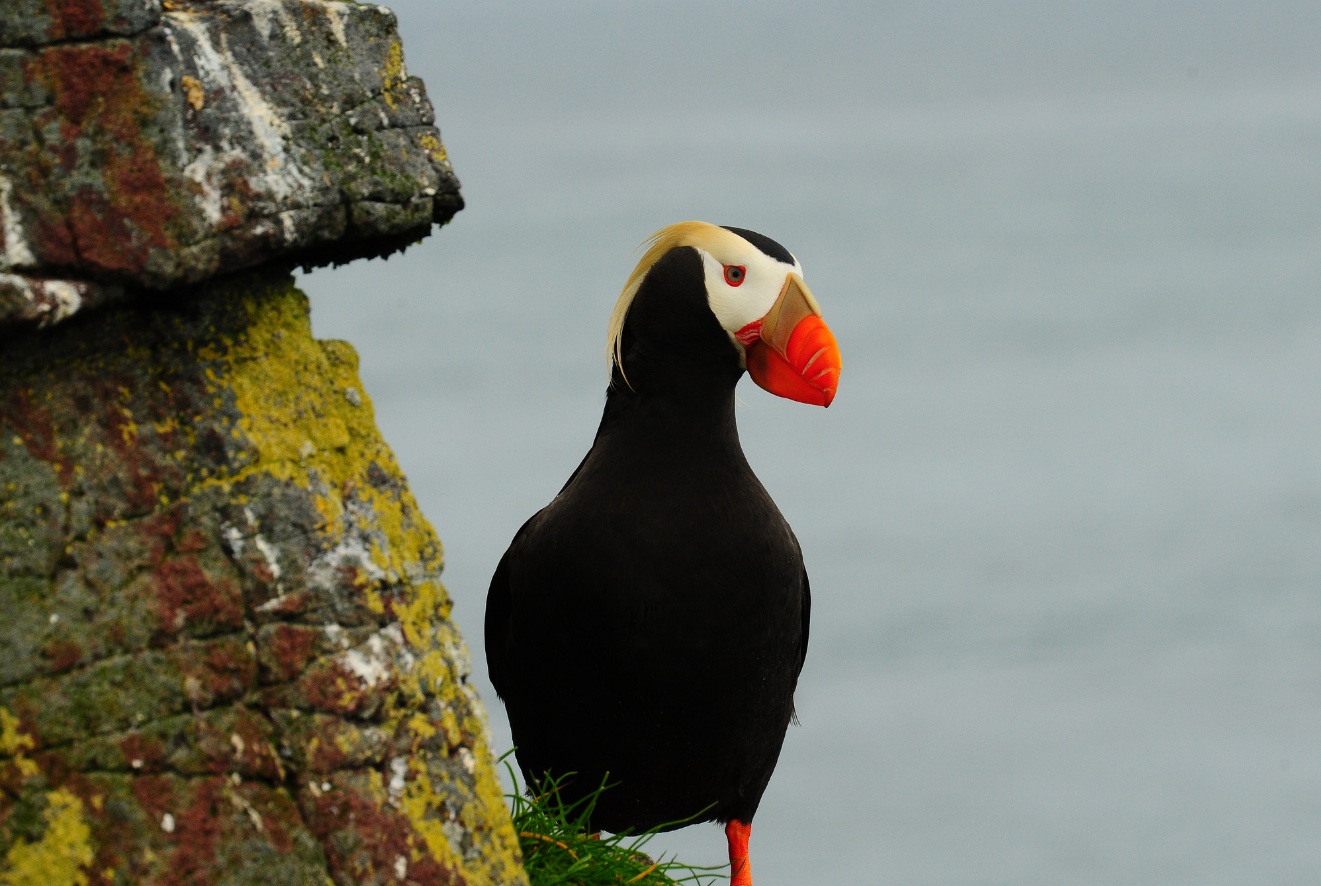The Birds Are Back! 'Rat Island' Renamed

When a ship arrived at an island in the North Pacific in the late 1700s, it brought more than cargo and splintered wood. It brought rats.
These invasive mammals thrived on the island, eating up local birds and their eggs. As a result, the spot took on the moniker "Rat Island," and it was known for its eerie silence and lack of birdsong.
In 2008, a team of scientists and environmentalists killed the rats with rodenticides. Since then, birds have returned to the island in numbers large enough to surprise experts, according to a statement from Island Conservation, one of the groups involved in exterminating the rats, along with help from The Nature Conservancy and the U.S. Fish and Wildlife Service. [In Photos: A Stunning View of Rat Island]
The island has since been renamed Hawadax Island, according to the statement. The name was chosen by the native Unangan (Aleut) community and translates to "those two over there," referring to the island's two knolls. While nobody currently lives on Hawadax, Unangan people have lived or visited the island for millennia.
For the first time, tufted puffins (Fratercula cirrhata) have been seen breeding on the island, which is located in the Alaska Maritime National Wildlife Refuge. Other species that disappeared with the arrival of the rats, including Leach's storm petrels (Oceanodroma leucorhoa) and fork-tailed storm petrels (Oceanodroma furcate), have also been seen on this Aleutian island, west of Alaska, Island Conservation reported.
Populations of shorebirds and ground-nesting species have also increased. In 2008, scientists found only nine nests of glaucous-winged gulls (Larus glaucescens). But this summer, they found 28 nests, according to Island Conservation. Numbers of black oystercatchers (Haematopus bachmani) and rock sandpipers (Calidris ptilocnemis) have also soared.
"The island is hardly recognizable among the cacophony of birds calling everywhere," said Stacey Buckelew, an Island Conservation biologist. "It's alive with bird fledglings — teals, eiders, wrens, sparrows, eagles, peregrine falcons, gulls and sandpipers."
Get the world’s most fascinating discoveries delivered straight to your inbox.
Email Douglas Main or follow him on Twitter or Google+. Follow us @livescience, Facebook or Google+. Article originally on LiveScience.


